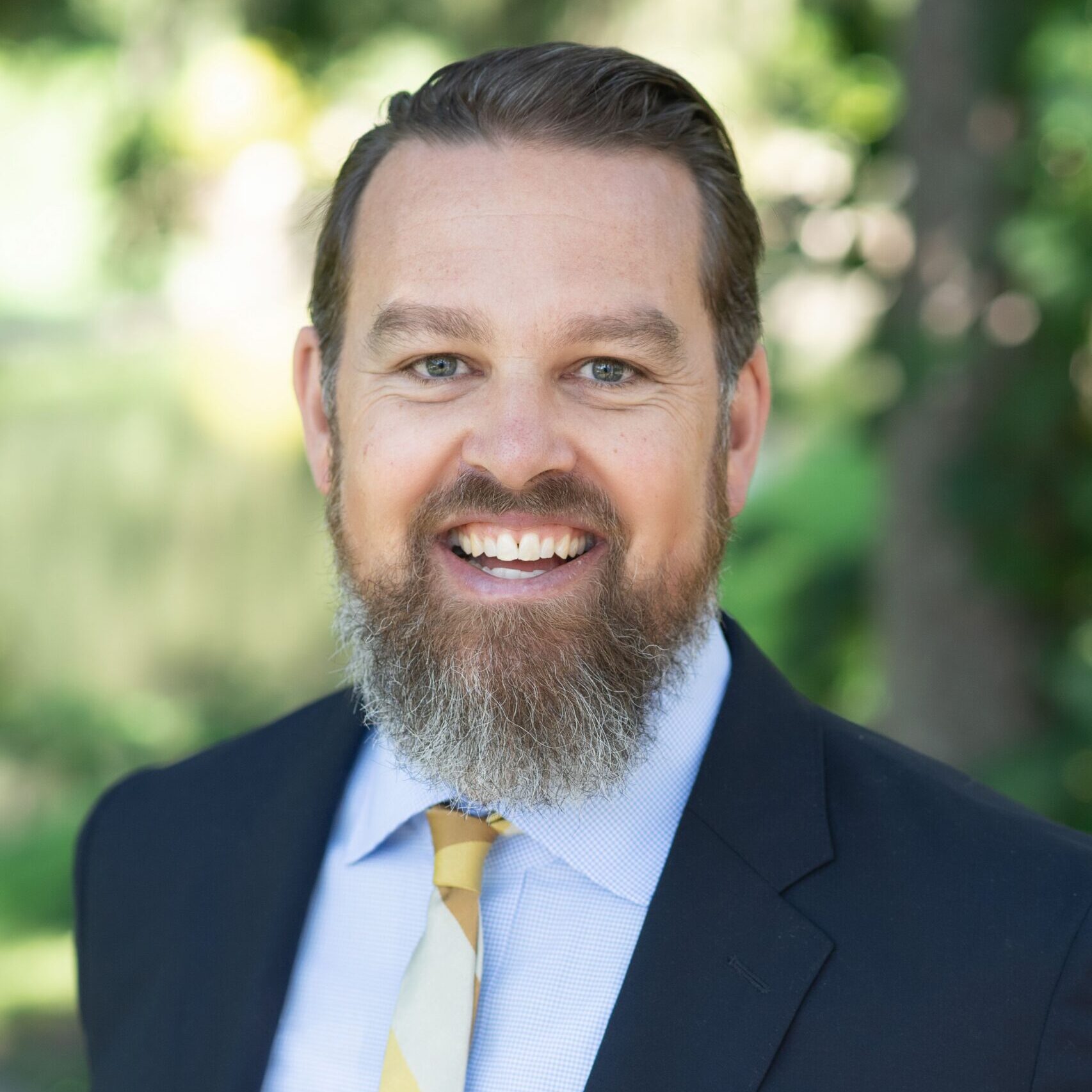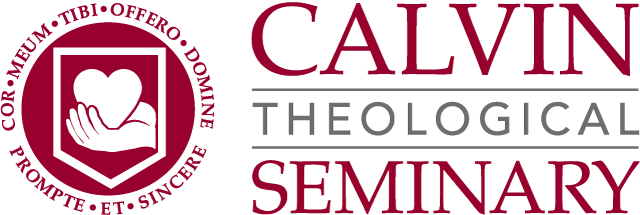Loving Our Neighbors of Other Faiths

Published by Cory Willson
Jake and Betsy Tuls Professor of Missiology, World Christianity, and Public Theology
Recently I have received several calls and emails asking about resources for churches that are seeking to learn about other religions and how to faithfully engage them. Consider the following story. Last fall a Muslim man approached a leader of a local church during their harvest festival and asked if the church might be interested in partnering on this event the following year with the local Muslim community. This raised questions and concerns about the change to this outreach ministry to the local community, as well as the implications of a partnership between the church and the mosque. What will the surrounding community think when they see us working together? What implications might this have for the faith of those within our church? Stories like this are increasingly common in urban as well as suburban churches around North America.
Engaging people of other religions is a much-needed focus in Christian discipleship today, especially for those of us who have lived in secular societies or religiously homogeneous cultures. In a recent Pew survey, almost half of U.S. adults said that they did not personally know a Muslim. So while the population of Muslims is growing in the U.S., personal encounters do not seem to be on the rise. Churches in the U.S. and Canada are face-to-face with the reality that although engaging people of other religions is an essential task of Christian discipleship, many Christians are not yet doing so. The challenge, therefore, is to form followers of Jesus who are equipped to live out their faith in an interreligious climate. The question is, how does the gospel of Jesus shape how Christians engage their religious neighbors?
Our Identity and Vocation is Rooted in Our Engagement With Other Religions
Christianity emerged as a religious minority in a pluralistic environment and has existed in similar contexts throughout history. While Christians in North America are just now focusing on the issue of interfaith engagement, many Christians around the world today and down through the corridors of history lived in pluralistic societies. When we look back to the origins of the people of God, it should not surprise us that this is so.
When Jesus told his disciples “You are the salt of the earth… [and] the light of the world. A city on a hill cannot be hidden” (Matt. 5:13a & 14), he was drawing on a long tradition that held together the identity and vocation of God’s people. Beginning with Abram, God chose one family—one nation—as His special people, in order that through them He would bless the nations (Gen. 12:1-3). This theme of the intertwined identity and vocation of God’s people was repeated throughout the Old Testament (Ex. 19:5-6; Deut. 4:5-8; Isa. 42:6; 49:6), rooting the mission of Jesus and His followers in the purposes of God in this world.
Even amidst repeated failures to be faithful to these purposes, God continues to call His people to “let [their] light shine before others, so that they may see [their] good works and give glory to [our] Father in heaven” (Matt. 5:14). Whether they were in their own land or in Babylonian exile (Jer. 29:1-9), the entirety of the community’s life, words, and actions were to be laid out before the watching eyes of a foreign nation and religion. As followers of Jesus we need a fresh reminder that we are part of this ancient community, whose very identity imparts to us this vocational imperative in our pluralistic contexts today. While we may be fearful and unsure of what lies ahead in our changing world, we can be confident that the resources that have guided those who have gone before us can be used by the Spirit to help us now.
The Gospel Itself Shapes Our Witness to Other Religions
Knowing that we should engage people of other religions is important, but how do we do this in a way that is faithful to the gospel? At the center of the gospel is this truth: God’s grace and blessings run downhill. In 1 Timothy 1:15 Paul writes, “Jesus Christ came into the world to save sinners, of whom I am the worst.” The late missionary theologian Lesslie Newbigin used this image/analogy to explain this point (in “The Basis, Purpose and Manner of Interfaith Dialogue,” Scottish Journal of Theology 30, 3: 253-270, 1977):
At the heart of the gospel is the truth that God does not meet us at the top of the staircase of our efforts at moral and theological perfection. Rather, he meets us at the bottom, grabbing hold of us by the power of the Spirit amidst all our sin, rebellion, and shame. Any effort to climb our way to God, whether through moral, intellectual, or religious works, takes us away from the place where He has chosen to meet us: at the foot of the cross. It is this central conviction that should give a distinct confidence and humility to Christian witness in interfaith encounters. It was another missionary theologian, J.H. Bavinck, who made this point clear:
As long as I laugh at what I regard as being foolish superstition in other religions, I look down upon the adherents of them. Then I have not yet found the key to his [the religious other’s] soul. As soon as I understand that what he does in a noticeably naïve… manner, I also do and continue to do again and again in a different form; as soon as I actually stand next to him, I can in the name of Christ stand in opposition to him and convince him of sin, as Christ did with me and still does each day (from The Church Between Temple and Mosque, 200-201).
Bavinck and Newbigin call us to look at the gospel of Jesus again in light of our religiously pluralistic societies to root our Christian witness in deep conviction that produces humility, love, and civility in our love of neighbor. Our common starting point with our religious neighbors is that we are created in the image of God and have a God-shaped void deep within us. Like them, we also have sinned against God. We don’t stand over but alongside each other, pointing our fellow beggars to where we found the bread of grace.
One of the greatest needs of the church in North America today is for the gospel of Jesus to triumph over the gospel of fear that beckons at our door in the form of Islamophobia and xenophobia. Conviction and civility meet, and boldness and humility embrace each other, at the foot of the cross. The command to love God above all is inseparable from the command to love our neighbors—even our religious neighbors who sometimes scare us—as ourselves. The gospel shows us how to do this with conviction, humility, and love.
Local Churches Need Simple Practices to Begin this Work
A common response to the changing religious demographics in our towns and cities is to take a class on world religions or perhaps read a few books on apologetics. Neither of these ideas are bad, but I recommend that these be supplemented with interpersonal relationships. While we may hear about Islam or Hinduism in the news, we never meet these religions in the abstract. It is in the face of our Muslim or Hindu neighbor that we come to know these religions in their human form. And it is these face-to-face encounters that provide opportunities for us to embody a Christian witness in their midst. What is more, it is through these types of interpersonal encounters that the Spirit of God can lead us to love our neighbors. This has been my experience over the last eight years. I don’t care much about Mormonism, Judaism, or Islam as religions, but I care a lot about my Mormon friend Spencer, Elliot the rabbi, and Sam the Muslim doctor! It is these types of friendships across religious differences where churches have immense opportunities for Christian hospitality and friendship to be incorporated into our witness.
In some churches, hospitality and friendship has come through sharing a meal at a local restaurant owned by immigrants. Over the meal those present learn about the immigrants’ family, their home culture, and their journey to North America. In Rotterdam a women’s sewing group has been transformed by the presence of Muslim immigrant women. The friendships that couldn’t be forged through formal dialogues have emerged through conversations around yarn and thread.
These simple examples dispel the myth that one need be a professional theologian or pastor to build friendships across religious divides. Instead of being reactive and shackled with fear, churches should prayerfully look around for places where people from different religions and cultures gather to eat, play, work, and find community. Then, following the way modeled by Jesus with the Samaritan woman (John 4:1-27), we should reach out with vulnerability and compassion.
Image: The Islamic Center of America near Dearborn, Michigan. Credit: Dane Hillard / Wikimedia Commons / CC BY 2.0
Share
Visit Calvin Theological Seminary’s Campus
We can’t wait to host you on campus! Schedule your visit today, or, if you need more time to find a date that works for you, please request information so we can continue the conversation about supporting your calling!
